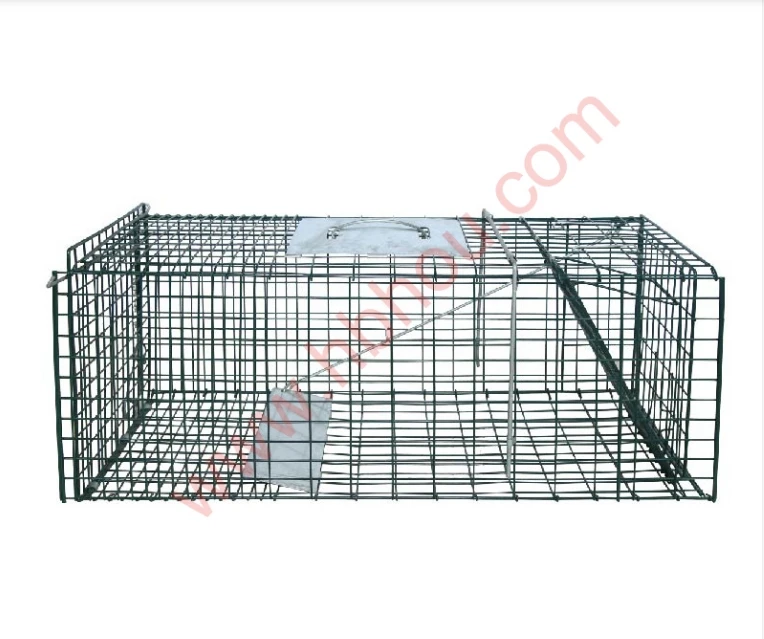Best Stakes for Tomato Plants A Comprehensive Guide
Tomato plants are a beloved staple in home gardens, cherished for their delicious fruits and vibrant green foliage. However, as these plants grow, they can become top-heavy and vulnerable to breaking under the weight of their fruit, especially in windy conditions. Staking is an essential gardening technique that supports the plants, promotes better air circulation, and enhances sunlight exposure, ultimately leading to healthier plants and a more bountiful harvest. In this article, we will explore the best stakes for tomato plants, ensuring you can provide the right support for your crop.
Types of Stakes
1. Wooden Stakes Wooden stakes, commonly made from untreated wood like cedar or pine, are among the most popular choices for supporting tomato plants. Typically about 6 to 8 feet tall, wooden stakes are sturdy and can withstand strong winds. When using wooden stakes, it is essential to drive them into the ground at least 12 inches deep to ensure stability. Tie the plants to the stakes with soft materials like twine or cloth strips to avoid damaging the stems.
2. Metal Stakes Metal stakes, such as those made from rebar or galvanized steel, offer exceptional durability and strength. They are ideal for supporting larger tomato varieties that can become quite heavy. Like wooden stakes, they should be inserted deeply into the ground for proper support. Moreover, their longevity means they can be reused year after year, making them a sustainable choice for gardeners.
3. Tomato Cages While not technically stakes, tomato cages provide excellent support for plants that grow taller and bushier. Made from wire mesh, these cages surround the plant and help maintain its structure as it grows. Tomato cages are particularly effective for indeterminate varieties, which continue to grow and produce fruit throughout the growing season. When selecting a tomato cage, opt for one that is at least 5 feet tall to accommodate the plant’s growth.
4. Trellises For gardeners with limited space, trellises are an excellent option for supporting tomato plants. Vertical gardening not only saves space but also allows for better air circulation around the plants. Trellises can be made from various materials, such as wood, metal, or even sturdy plastic. Tie the tomato plants to the trellis using soft ties as they grow, ensuring they receive adequate support without damaging their stems.
When to Stake Tomato Plants
best stakes for tomato plants

Staking should ideally begin early in the growing season, shortly after transplanting the seedlings. This proactive approach prevents root damage that can occur when larger plants require support later on. As the tomato plants grow, ensure they are tied securely to the stakes or cages consistently. Regular checks will help you identify any loose ties or support issues before they become problematic.
Tips for Effective Staking
1. Choose the Right Height Understand the variety of tomato you are planting. Determine the appropriate height for your stakes or cages according to whether you have determinate (bushy) or indeterminate (vining) varieties. Taller stakes are better suited for indeterminate types, while shorter stakes can work well for determinate ones.
2. Use Soft Ties When securing your tomato plants to their supports, avoid using wiry or abrasive materials that could damage the tender stem. Instead, use soft ties made from cloth, jute, or soft garden twine.
3. Inspect Regularly Check the stakes and the integrity of the support system regularly, especially during windy or stormy weather. This preventive measure can help you catch any potential issues before they result in damage to your plants.
4. Consider Your Garden Layout When selecting stakes or cages, consider how they fit into your overall garden layout. Choose materials that suit your aesthetic preferences and complement the size of your garden.
Conclusion
Supporting tomato plants with the right stakes is crucial for healthy growth and a productive harvest. Whether you opt for wooden stakes, metal stakes, tomato cages, or trellises, effective support will promote better air circulation, sunlight exposure, and ease of maintenance. By following the tips outlined in this guide, you can ensure your tomato plants thrive throughout the growing season, yielding delicious fruits that you can enjoy all summer long. Happy gardening!
















